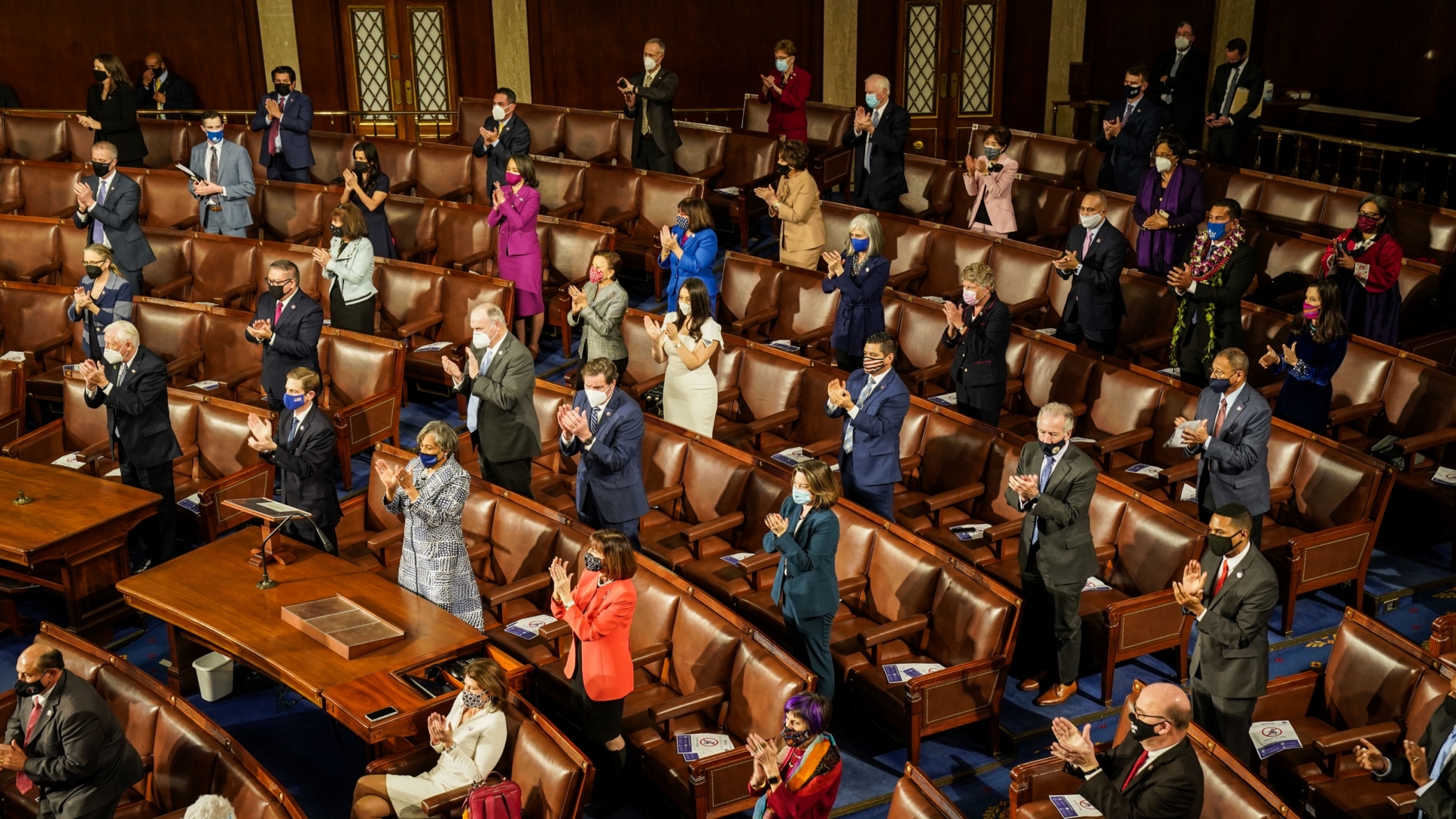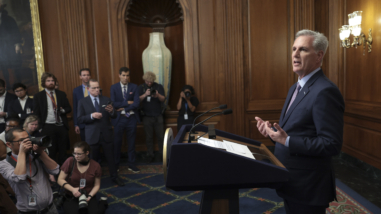Building the government institutions our country needs

The problem of political polarization was the original impetus for the Hewlett Foundation to launch its U.S. Democracy Program more than seven years ago. Since then, Hewlett has made millions of dollars in grants to mitigate the impact of polarization on Congress. Grantees have helped create conditions for significant reforms, including in support of the Select Committee on the Modernization of Congress in the House, funding for the legislative branch, greater diversity and expertise among staff, adoption of tools for remote work, and money to pay interns.
At the same time, it is increasingly clear that while Congress still requires attention, addressing the nation’s needs also demands a more capable executive branch. Longstanding weaknesses in the ability of the agencies and White House to implement policies and deliver services become catastrophic when government is unable to respond effectively to national disasters such as Hurricane Katrina and COVID-19. And, too often, the failures of the executive branch fall most heavily on those least able to recover on their own.
A new strategy for investing in institutions
Much of this polarization and failure is the result of decades of ideological opposition to “big government” from both sides of the aisle. As a result, our democracy’s core institutions are suffering from underinvestment, hollowed-out expertise, demoralized staff, outdated technology and operations, and deeply eroded public trust.
The goal of our new National Governing Institutions strategy is to reverse this and ensure both branches have the high quality and diverse workforce, technological sophistication, expertise, and funding needed to fulfill their responsibilities in the 21st Century and earn the confidence of the American people. We will continue our existing grantmaking for Congress while adding an executive branch line of grantmaking.
Rather than trying to address every discrete area of failure in the executive branch, we are honing in on the next generation of career employees. Only 6.8% of full-time federal workers are under the age of 30, compared to almost 20% of the entire U.S. labor force in 2020. We believe that a younger and more demographically diverse, digitally native workforce will lead to a higher functioning executive branch, which will, in turn, be better able to administer policies, deliver services, and respond to emergencies across the board. However, increasingly outdated civil service laws, hiring systems, technology, workplace cultures, and talent management deter young people from careers in the federal government. Our grantmaking will focus on identifying and removing these obstacles to attract rising generations to a revitalized, 21st Century civil service.
Making progress toward this goal would mean the following over the next five years:
- A larger and more diverse pool of talented young people seek to work in the federal government.
- There is a growing consensus among federal policymakers on the need for civil service reform and the principles and goals that should guide it.
- Members of Congress increasingly take responsibility for the health of their institutions and adopt reforms to modernize both the House and Senate.
- Congress and the executive branch have increased funding in their internal expertise, leadership, and technology to improve the functioning of government.
Building on pandemic lessons to upgrade capacity
Many changes envisioned by our strategy in both branches of government will benefit from lessons learned in how Congress adopted reforms quickly and unexpectedly during the pandemic. For example, COVID forced the House and Senate to move most of their activities online: internal meetings with other Members and staff; committee hearings and markups; electronic signatures; electronic rather than print filing of bills and amendments in the House; meetings with constituents and lobbyists.
Similarly, after initial resistance, committees used technology for virtual hearings, allowing the legislative process to proceed even when Members are outside D.C. Virtual hearings also made it easier to hear from witnesses with more diverse perspectives. Typically, witnesses have to pay their own way to Washington, limiting the opportunity to those who have the means to travel.
Communications between constituents and Members also may improve as Congressional offices continue to use virtual platforms to engage with individuals and groups of constituents who would find it difficult to travel to the Member’s office. It’s easier, faster, and more flexible than in-person meetings, yet more personal than a phone call. Poor access to broadband remains a barrier for some, but as that access improves, Members and staff can engage with a wider range of constituents more easily and efficiently.
COVID also opened the door to a wider range of interns—the pipeline of future staff—many of whom cannot afford a summer in Washington. For the first time, offices could employ interns working remotely, and could use their hiring allowance to pay interns working for district offices as well as in DC. These changes, advanced and supported by Hewlett grantees, will bring greater diversity to the pipeline for future Congressional staff, another key part of our strategy.
Keeping faith
While the past few years have been a fraught time to work toward cooperation in Washington D.C., there are three things that continue to give me hope about our grantmaking efforts at the federal level. The first is the past. While we are in a deeply polarized and highly contentious period, it is not unique in our history. Long, painful periods of political realignment, accompanied by high levels of conflict, are part of our democracy. I believe we will get through this period and embark on a new democratic era, although I don’t see today’s polarization resolving soon.
Secondly, I am encouraged by the constructive collaboration of our Democracy Program’s grantees, especially their ability to self-organize and amplify their influence. A prime example was their immediate response to the problems faced by Congressional staff in the aftermath of the January 6 attack on the Capitol. These nonprofits quickly formed an ad hoc group called #CapitolStrong, which reached out to Congressional staff with much-needed resources. #CapitolStrong also generated media coverage that helped Congress and the public understand the ongoing consequences of that traumatic event for Congressional function. I expect the grantees in our new executive branch strategy also will work together productively.
Finally, the nation’s founders created a set of governing institutions that have proved flexible enough to withstand tremendous political turmoil for more than 230 years. I believe these institutions will endure as long as they change, adapt, and improve to meet new circumstances and challenges. In the end, when government performs well, it gains the trust and support of the American people. That, in the long run, should lessen the destructive political polarization that is undermining our democracy today.



